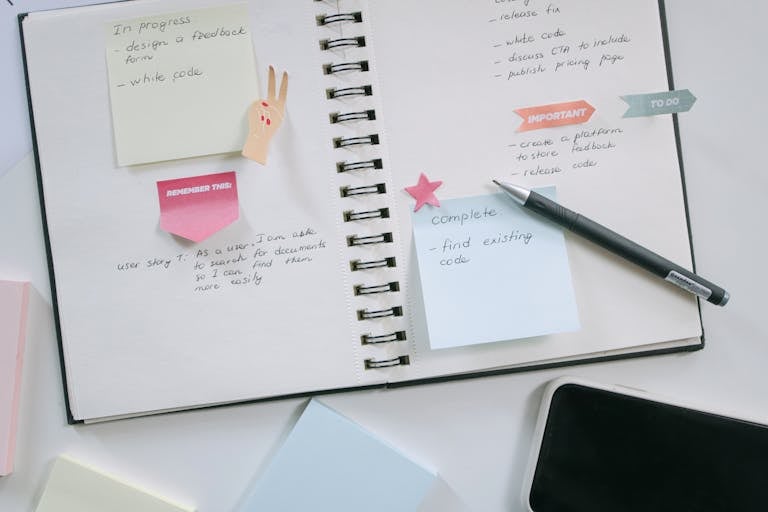If you think working nonstop makes you more productive, think again.
Microbreaks — short, intentional breaks of 30 seconds to 5 minutes — can dramatically boost your productivity, creativity, and mental well-being.
Let’s dive into why microbreaks are your secret weapon and how to use them effectively:

1. What Are Microbreaks?
Microbreaks are tiny pauses you take during your workday to:
- Rest your eyes.
- Stretch your body.
- Reset your mind.
They’re not long enough to derail your momentum, but they’re powerful enough to recharge you.
2. Why Microbreaks Matter for Peak Performance
Studies show that:
- Mental fatigue drops after short breaks.
- Physical discomfort decreases when you stretch periodically.
- Focus improves when you avoid prolonged cognitive strain.
Bottom Line:
Microbreaks help you maintain a higher quality of work for longer periods.
3. Signs You Need a Microbreak
Listen to your body and mind. You probably need a microbreak if:
- Your eyes feel strained or blurry.
- You’re rereading the same line over and over.
- Your posture is collapsing.
- You feel impatient, irritable, or unfocused.
Don’t wait until you’re exhausted. Be proactive.
4. Best Types of Microbreaks
Here are simple, effective microbreak ideas:
- Eye Breaks:
Follow the 20-20-20 rule — every 20 minutes, look 20 feet away for 20 seconds. - Stretching Breaks:
Stand, stretch your arms overhead, and roll your shoulders. - Movement Breaks:
Walk to the kitchen for water, or step outside for fresh air. - Mindfulness Breaks:
Close your eyes, take five deep breaths, or do a quick body scan meditation. - Hydration Breaks:
Drink a glass of water — hydration boosts mental clarity!
5. How Often Should You Take Microbreaks?
A good rhythm:
- Every 25–30 minutes: 1–2 minute break.
- Every 90 minutes: 5–10 minute longer reset.
You can align microbreaks with techniques like Pomodoro, where you work 25 minutes and break for 5 minutes.
6. Microbreaks vs. Mindless Distractions
Scrolling Instagram for 10 minutes isn’t a productive break.
A good microbreak is purposeful and refreshing, not draining.
Key:
Choose breaks that rejuvenate your body or clear your mind, not ones that add more mental clutter.
7. Simple Microbreak Routines You Can Start Today
Try this sample routine:
- After 25 minutes: Stand and stretch for 60 seconds.
- After 50 minutes: Walk to refill your water bottle.
- After 90 minutes: Close your eyes and take 10 deep breaths.
Small investments like this compound over time, leading to less fatigue and better focus.
Conclusion
Microbreaks are tiny but mighty.
They don’t steal time — they give it back in the form of better energy, sharper thinking, and fewer mistakes.
Starting today, build micro-rest into your daily rhythm.
Your future self (and your best work) will thank you!
Q: How short can a microbreak be to still be effective?
A: Even a 30-second stretch or deep breathing session can reset your focus and reduce strain.
Q: Are longer breaks better than microbreaks?
A: Both are important! Microbreaks prevent immediate fatigue, while longer breaks (like lunch hours) allow deeper recovery.
Q: Will taking frequent breaks make me less productive?
A: No! Strategic microbreaks help you work smarter and more consistently by avoiding burnout.
Today’s Action Step:
Set a timer for your next 25-minute work sprint. When it goes off, take a 2-minute stretch break.
See how much sharper you feel!

I’m EKBAL HOSSAIN MONDAL, the creator of SmartSolveTips.com — a blog dedicated to helping people improve productivity, avoid digital burnout, and live better online. With years of hands-on experience in self-development and digital wellness, I write practical tips and tools to help you stay focused and thrive in a fast-paced digital world.






